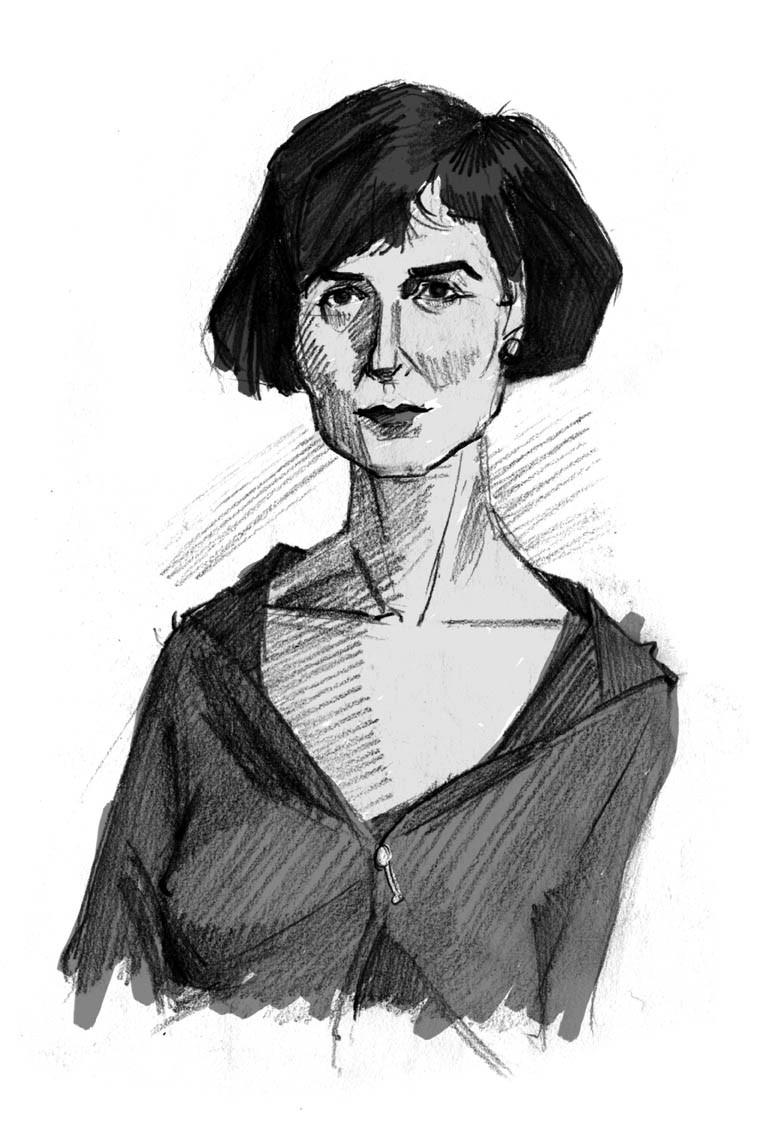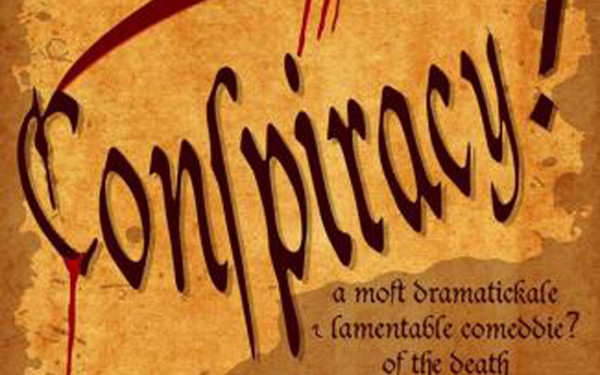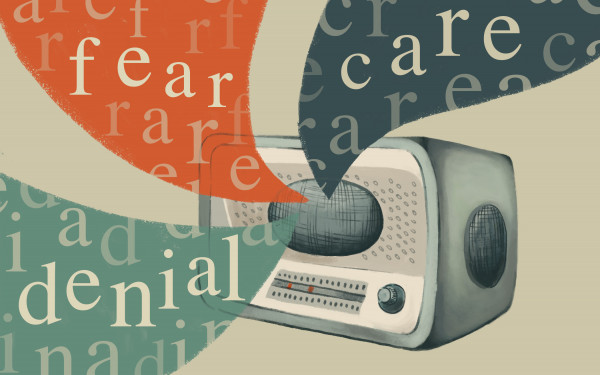‘Not a False Moment’
Playwright Linda Griffiths Teaches Storytelling at ConU
Linda Griffiths is an established playwright and actor living in Toronto where she runs her own theatre company, Duchess Production. She grew up in the West Island and though she left Montreal at the age of twenty-one to pursue a career in the arts, she briefly studied at Dawson College, the National Theatre School and McGill.
Griffiths was back in town to give a master class this past Friday morning, as a part of Concordia’s Writers Read Series, followed that evening by a reading at Concordia’s De Sève Cinema.
Students participating in the class, which was reserved for creative writing majors, were asked, in preparation, to think about, but not write down, the first time they’d fallen in love.
After introducing herself, Griffiths split the class into pairs and asked that they exchange their stories for twenty minutes, pretending that oral storytelling was the only means of communication available. This, Griffiths said, was to underscore the importance of how people speak when they are telling stories, noting that the students should carefully observe their partners’ body language.
Griffiths then had partners tell each other’s stories while imitating each other. Stories of a barefoot boyfriend drinking beer in a stolen canoe, a mother and boyfriend pretending to be together, an exchange student, travels around Europe, dreams of a beautifully aged woman, and childbirth all emerged.
“There was not a false moment,” Griffiths observed, noting that all stories are based on a truth on some level.
Griffiths also delved into questions of framing, asking the students if they’d noticed their partners emphasizing or cutting out details that they themselves might not have—in essence, how they’d edited their stories.
Continuing in this vein, Griffiths emphasized the importance of memory and subjectivity in storytelling. As a story is passed, though it may gain or lose details, the essence will remain. Similarly, a listener’s perception of a story is much like a reader’s perception of a story—each one will take away a unique, if largely similar, version of the original. Griffiths furthermore noted the simple, basic language that was used to great impact by the storytellers in the class, saying that this unembellished language represented the story in its truest form.
Griffiths added that by working on your feet, you can feel “where the heat is.” This exercise, where the class’s stories were cut down and honed by the group, revealed the real pulse within them. Methods of getting to this pulse were also explored through these monologues.
Griffiths revealed a new perspective to creative writing focused on pure telling rather than embellishment and layering, which seems rather like an ancient method—pure oral storytelling.
This article originally appeared in Volume 31, Issue 19, published January 18, 2011.


_600_832_s.png)



__600_375_90_s_c1.jpg)